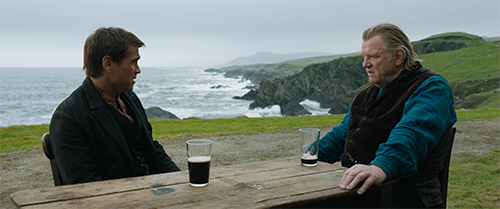
A friendship goes south in this week's new release, The Banshees of Inisherin. It's the new movie from the In Bruges squad, reuniting writer-director Martin McDonagh with stars Colin Farrell and Brendan Gleeson.
The movie is set on a remote Irish island where the well-intentioned if unremarkable Padraic (Farrell) is poised to join his mate Colm (Gleeson) for a pint.
That is, until the latter tells Padraic that he doesn't want to be friends with him anymore.
This sets in motion a classic McDonagh story: a pitch-black morality story that's laced with huge laughs and wise insights into the human condition.
Here are the essential McDonagh elements that make Banshees a must-see.
1. It's anchored by Colin Farrell and Brendan Gleeson
Who could resist the big-screen reunion of the In Bruges squad? In McDonagh's 2008 movie, Farrell and Gleeson tore the screen up as apathetic, off-duty hitmen touring the Belgian city of Bruges. Farrell's character Ray is tormented over the accidental killing of a young child, while Gleeson's character Ken harbours dark demons of his own. It all plays out among the touristy cobbles and recognisable sights to morbidly hilarious yet poignant effect.
The collision of Farrell's youthful impetuousness and Gleeson's sage, world-weary presence galvanised the entire movie, instantly cementing a classic chalk-and-cheese partnership. And, of course, it only gets funnier when Ralph Fiennes turns up as Ray and Ken's vengeful boss Harry, who considers himself out to right the moral wrong of Ray's tragic transgression.
If we're talking Farrell and Gleeson, they take great relish in accentuating the absurdist nuances of McDonagh's rich dialogue, which is akin to Samuel Beckett by way of Quentin Tarantino. Whether they're arguing about a lollipop man knowing karate or an imagined race war coming from the mind of a bigoted dwarf actor, both actors ground the movie's outrageous qualities with a judicious sense of human understatement.
The press tour for Banshees has made a big deal out of Farrell and Gleeson's reunion, and for good reason. It's evident from the pair's off-screen bonhomie that they clearly like each other very much, and this sense of camaraderie helps elevate their Banshees sparring into the verbal equivalent of a particularly dexterous tennis match.
Of course, this tennis match involves the threat of severed fingers and dark recriminations. Luckily, both actors are up to this complex challenge, ably sketching out two men who are both victims and villains in their ongoing saga of miscommunication. It's as prickly and uncomfortable as it is hilarious and provocative, elevated by two stars at the top of their game.
2. It's savagely funny ...
Over the course of four feature films, an Oscar-winning short (Six Shooter, which also starred Brendan Gleeson) and several memorably provocative plays, Martin McDonagh has cemented an especially memorable brand of humour. The English-born filmmaker is of Irish heritage and he revels in the bleak literary history of the land (hence the earlier Samuel Beckett connection).
There's also more than a hint of Chaucer in McDonagh's sweary relish, as he emphasises and times the most vicious words in the English language to satirical, yet never gratuitous, effect. It says something about the effectiveness of in Bruges that Brendan Gleeson and Ralph Fiennes can launch c-bombs at each other while continually heightening our understanding of their characters. Such is McDonagh's skill.
Banshees begins relatively innocuously with the repeated enquiry, 'Have you been rowing?' This repetitious phrase sticks in the head of Colin Farrell's Padraic, prompting him to escalate his line of enquiry with Colm. However, it doesn't take long for the situation, and the language, to curdle on multiple fronts, resulting in many jaw-dropping lines that are thrown away with relish by the excellently chosen cast.
Whether it's the absurdist sight of Padraic indulging his little donkey Jenny (to the point of allowing her inside his cottage), or the blithely unsophisticated air of Barry Keoghan's local nitwit Dominic, the laughs in Banshees traverse the cross-spectrum between gentle and genuinely uncomfortable.
3. ... Yet also heartbreakingly sad
In an interview with Empire Magazine, Martin McDonagh has described his favourite scene in the movie as Padraic's moment of revelation. When Colm reveals that he no longer wants to be friends with his former chum, Farrell's nuanced performance sees his face crumple like a piece of linen, Padraic's entire little-island belief system and ideology crumbling around him.
It's merely the start of a surprising and, ultimately, deeply moving story about the perils of apathy and obtuseness. One can never be sure when McDonagh is going to go for the heart or strike in the gut, a familiar tactic of his earlier films. One need only look at the likes of Three Billboards in which an amusing conversation between Frances McDormand's vengeful mother and Woody Harrelson's sympathetic Sheriff is suddenly interrupted by a personal, medically-induced moment of horror.
Of course, we're not about to reveal the depths to which Banshees sinks. Suffice it to say, it turns the screw repeatedly as Padraic and Colm's conflict intensifies, with bad decisions made on both sides that have drastic consequences.
4. It has a wonderful sense of time and place
McDonagh works with cinematographer Ben Davis and composer Carter Burwell to paint an elegiac picture. Banshees is set in 1923 with the Irish Civil War raging on the mainland. This becomes something of a metaphor for the conflict raging inside Padraic as he vows to get to the bottom of Colm's actions, but it also reinforces a sense of distance from reality.
Everyone on Inisherin is defined by the parameters of the island itself. Everyone appears comfortable with the limitations of their own understanding, particularly Padraic and Dominic. However, Colm wants to see out his days composing music, something beautiful that will last in the memory for generations. And Padraic's sharp sister Siobhan (the fantastic Kerry Condon) is leagues ahead of everyone, poised to realise her bookish ambitions by escaping from the parochial, curtain-twitching and superstitious Inisherin altogether.
Davis' mist-strewn cinematography does a beautiful job of framing the setting sun behind the stolid iconography of Inisherin itself (a stone crucifix here, a church there). Burwell's score, meanwhile, utilises a minimalistic motif that is repeated throughout until it attains full, melancholic expression during the emotionally devastating endgame. It's a movie that is both pegged to its period and also timeless at the same time.
5. It will send your emotions on a rollercoaster
Both In Bruges and Three Billboards catapulted viewers between sympathy, shock and hilarity, often in the space of one scene. Banshees achieves the same trick, all the while emerging as a fluid and consistent viewing experience.
McDonagh's sense of editorial balance champions both Padraic and Colm's points of view. The former is entitled to an answer; the latter is entitled to be left alone if that's what he wants. How they go about their respective missions is what sends everything into a freefall.
Getting to that stage is all but guaranteed to be as startling and unpredictable as it is profoundly human.
Click here to book your tickets for The Banshees of Inisherin, opening at Cineworld on October 21.
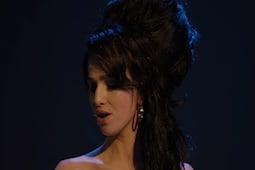
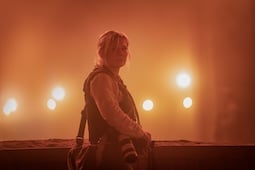
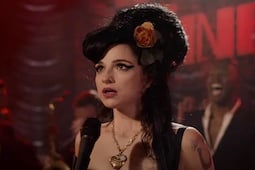
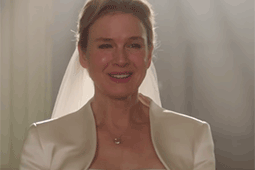

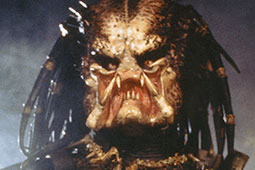

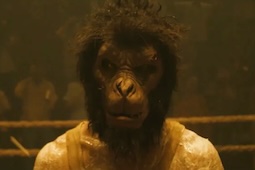
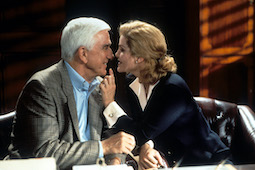

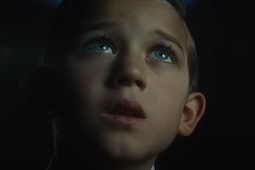
.jpg)


.jpg)
.png)






